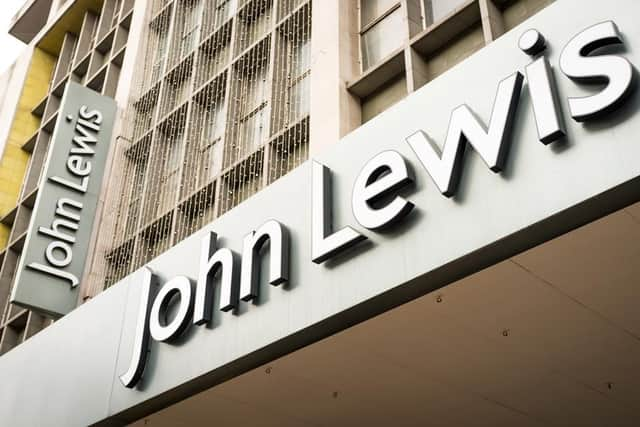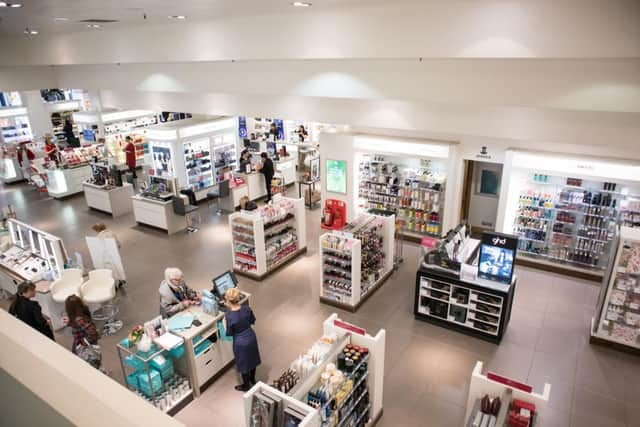John Lewis store closures 2021: why UK shops are closing, annual results explained – and which have already shut?
John Lewis has warned more of its department stores may face closures, and said it did not expect all of its shops to reopen as lockdown restrictions are eased across the UK.
The effects of the coronavirus pandemic on the retail sector continue to hit hard, and have sent the John Lewis Partnership group – which also owns grocery chain Waitrose – to its first ever annual loss since 1864.
Advertisement
Hide AdAdvertisement
Hide Ad“There is no getting away from the fact that some areas can no longer profitably sustain a John Lewis store,” said chairman Dame Sharon White.


“Regrettably, we do not expect to reopen all our John Lewis shops at the end of lockdown, which will also have implications for our supply chain.”
Here is everything you need to know about it.
Which shops could close?


The group has not confirmed how many of its 42 John Lewis shops may face closure, nor which locations will be shuttered permanently.
Recent reports suggest eight stores are earmarked to be shut; the group said it will make a final decision at the end of March.
Advertisement
Hide AdAdvertisement
Hide AdThe plans, first reported by the Sunday Times, come only months after the retailer’s July 2020 announcement of the closure of an initial eight stores following the UK’s first lockdowns last year.
“We are currently in discussions with landlords and final decisions are expected by the end of March,” said White, who said the group will do everything it can to “lessen the impact”, and will “continue to provide community funds to support local areas.”
The group’s Waitrose stores are likely to remain relatively unaffected by the news. Comparable sales rose by 10 per cent and earnings by 8 per cent to £1.1 million as supermarket shops were allowed to stay open.
In July, White told employees the group was “exploring” opportunities to turn its empty stores into private rented housing with third parties as it looks to “repurpose and potentially reduce” its shop portfolio.
Advertisement
Hide AdAdvertisement
Hide AdDepartment stores in Birmingham and Watford were affected by last year’s closures, along with four ‘At Home’ stores in Croydon, Newbury, Swindon, and Tamworth, and travel sites in Heathrow and St Pancras.
Why are they closing?
The John Lewis Partnership group has been among retailers to report a surge in online sales, but has continued to face a burden from its portfolio of large physical stores.
The group confirmed the previously announced move to scrap its staff bonus for the first time since 1953 after tumbling to a £157 million pre-tax loss for the year to 30 January against profits of £146 million the previous year.
The group said it wants to restart staff bonuses as soon as profits recover to at least £150 million on a sustainable basis, and hopes to be back to profit in 2022-23, with £200 million next year and £400 million by 2025-26.
Advertisement
Hide AdAdvertisement
Hide Ad“The coming year is a crucial one in our five-year turnaround of the partnership as we set ourselves back on the path of sustainable profit,” it said.
The group has been helped by £190 million in Government emergency support, including business rates relief and furlough for workers, but said its results will get worse in the current financial year.
It is looking to invest £800 million in the business as part of an overhaul to turn around its fortunes, which will only partially be offset by annual cost savings of £300 million.
How will the closures affect jobs?
The John Lewis Partnership revealed plans last year to streamline its headquarters with about 1,500 job cuts due to the coronavirus crisis – its most recent announcement signals that further jobs could be at risk.
A John Lewis spokesperson said the group would always try to redeploy elsewhere in the business, with redundancies a “last resort”.